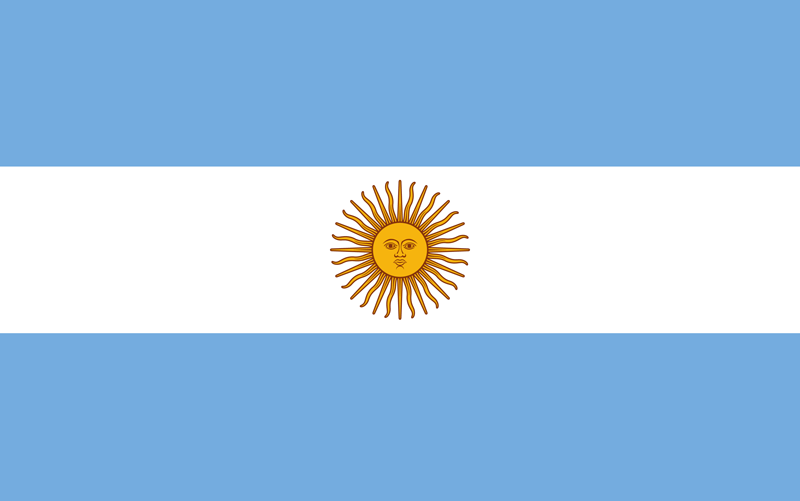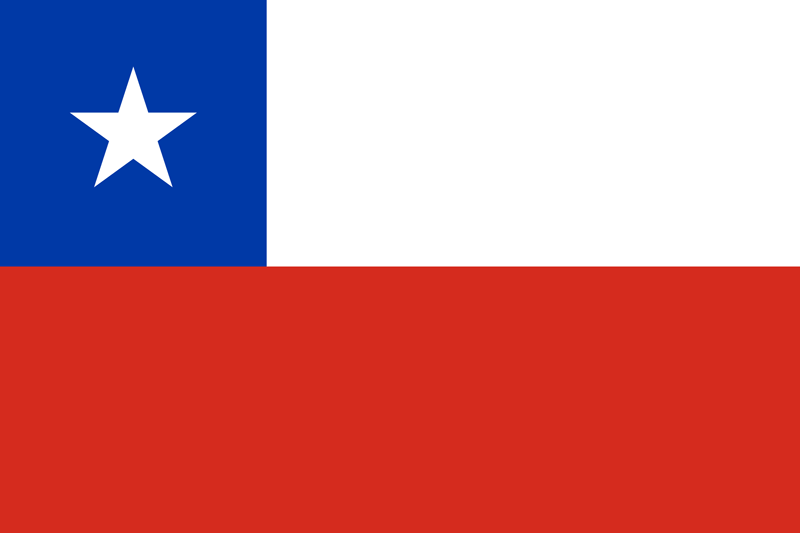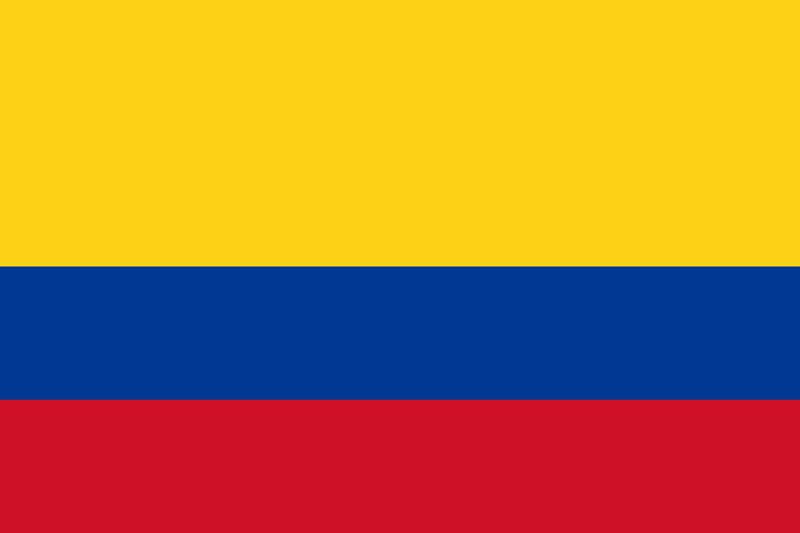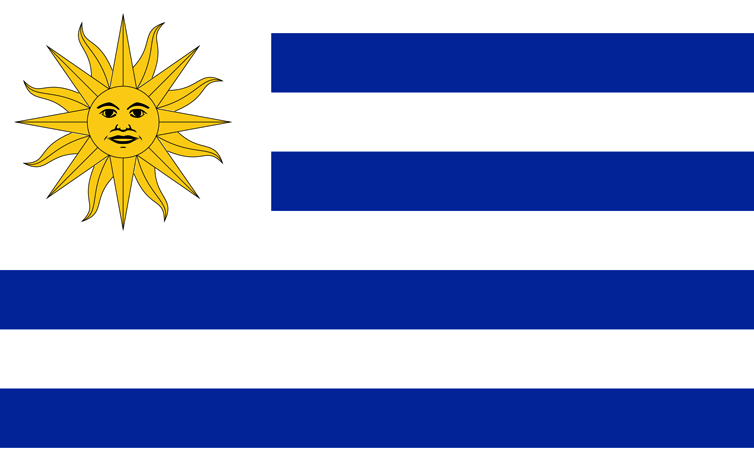LA CUARENTENA Y LA DEMANDA ELÉCTRICA EN URUGUAY (2)
- 24 de abril de 2020
[tp lang=»es» not_in=»en»]
Columna de opinión: Oscar Ferreño. Director de Relaciones Institucionales & Regulación de Ventus
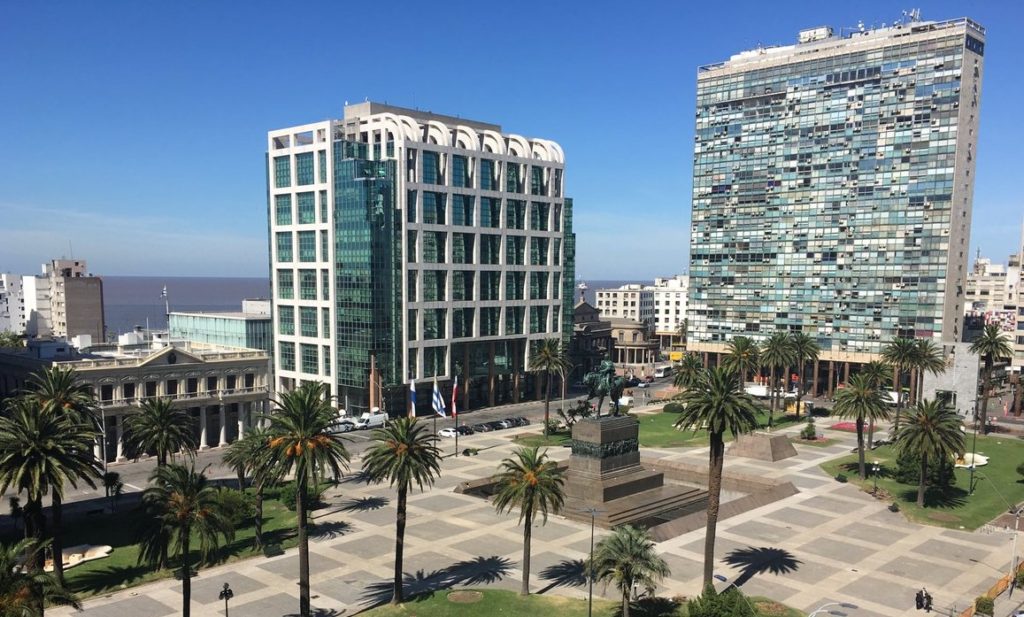
Han pasado 40 días de la cuarentena. Complementando el análisis realizado en los primeros 15 días en el mes de marzo, vamos a ver cómo ha evolucionado la demanda eléctrica uruguaya frente al episodio de cuarentena que vive nuestro país debido a los efectos de la pandemia del Coronavirus (Covid-19).
Para realizar este análisis se comparó la demanda entre el sábado 14 de marzo y el martes 21 de abril de 2020, con la del mismo período de 2019. En ambos períodos está incluida la semana santa y el feriado correspondiente al 19 de abril, y en ambos casos hubo seis sábados y seis domingos, por lo que las muestras son comparables.
Se consideró que en este período no se registraron grandes variaciones climáticas, ya que al considerar períodos de 40 días no debería haber grandes variaciones de temperatura entre un periodo y otro que pudieran afectar la demanda en forma significativa.
En ese período la demanda del 2019 fue de 1:056.147 MWh, y en el 2020 fue de 1:025.631 MWh. Es decir, durante la cuarentena, hubo un decrecimiento de la demanda de 2.9% en el año 2020.
Como se comentó en anteriores columnas, debe considerarse el crecimiento vegetativo de la demanda, que representa el crecimiento normal del consumo.
Para estimar este crecimiento tomamos como muestra el período que comprende del 1ro. de enero al 28 de febrero de 2020, con la del mismo período de 2019. Se toma este período considerando que ambos son comparables debido a que tienen ocho fines de semana y ambos periodos comprenden carnaval.
Comparativamente, entre ambos períodos hubo un decrecimiento de 0,2% entre el 2019 y 2020. Por lo tanto, podríamos afirmar que la cuarentena ha significado un decrecimiento de la demanda de un 2.7 %.
Sin embargo, si consideramos solamente los primeros 21 días de abril, periodos que comprenden en los dos años la semana santa y tres sábados y tres domingos, la caída de la demanda ha sido de 6,1 %.
La demanda por fuente de energía
Nuevamente es interesante comparar cómo se abasteció esa demanda en estas semanas de cuarentena y las mismas semanas del año pasado.
Entre el sábado 14 de marzo y el martes 21 de abril de 2020, la eólica representó el 49.5%, la hidráulica el 16%, la biomasa el 10.5%, la FV el 4. 5%, la térmica el 1%, se importó un 24% y se exportó un 5.5%.
Mientras que en el mismo período del año 2019 la eólica representó el 39%, la hidráulica el 77.5%, la biomasa el 9%, la FV el 4.5%, la térmica el 0.5% y se exportó el 30.5%.
Debe tenerse en cuenta que la eólica en el 2019 tuvo restricciones operativas debido a la gran hidraulicidad.
Vea también: https://ventusenergia.com/blog/2020/04/06/la-cuarentena-y-la-demanda-electrica-en-uruguay/
[/tp]
[tp lang=»en» not_in=»es»]
Opinion column: Oscar Ferreño. Director of Institutional Relations & Regulation of Ventus

Forty days have passed since the quarantine startes. Complementing the analysis carried out in the first 15 days in March, we will see how Uruguayan electricity demand has evolved in the face of the quarantine episode that our country is experiencing due to the effects of the Coronavirus pandemic (Covid-19).
To carry out this analysis, the demand was compared between Saturday, March 14 and Tuesday, April 21, 2020, with that of the same period in 2019. In both periods, Easter and the holiday were considered in the analysis, and in both cases were six Saturdays and Sundays took place, so the samples are comparable.
It was considered that in this period no great climatic variations took place, since when considering 40-day periods, there should be no great variations in temperature between one period and another that could significantly affect the energy demand.
In that period, the demand for 2019 was 1: 056,147 MWh, and in 2020 it was 1: 025,631 MWh. In other words, during quarantine, there was a decrease in demand of 2.9% in 2020.
As mentioned in previous columns, the vegetative growth of demand must be considered. This represents the normal growth of consumption.
To estimate this growth, we considered a sample the period comprising the 1st. from January to February 28, 2020, with that of the same period of 2019. This period is analyzed considering that both are comparable because they have eight weekends and both periods take place the carnivals. Comparatively, between both periods there was a decrease of 0.2% between 2019 and 2020. Therefore, we could stress that quarantine has meant a decrease in demand of 2.7%.
However, if we consider only the first 21 days of April, periods that include Easter in the two years and three Saturdays and three Sundays, the drop in the energy demand has been 6.1%.
Demand by energy source
It is interesting to compare how the energy demand was supplied in these weeks of quarantine and the same weeks of last year.
Between Saturday, March 14 and Tuesday, April 21, 2020, wind represented 49.5%, hydro 16%, biomass 10.5%, PV 4.5%, thermal 1%, 24% of the energy was imported and 5.5% were exported. In the same period of 2019, wind represented 39%, hydro 77.5%, biomass 9%, PV 4.5%, thermal 0.5% and 30.5% were exported.
It should be borne in mind that wind power in 2019 had operating restrictions due to high hydraulicity.
[/tp]
